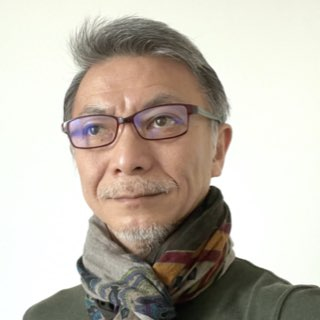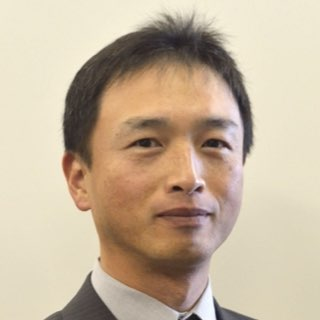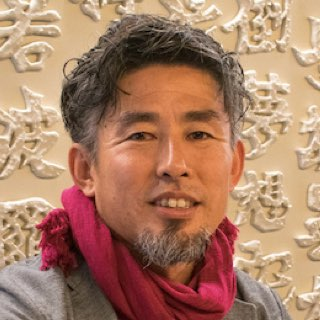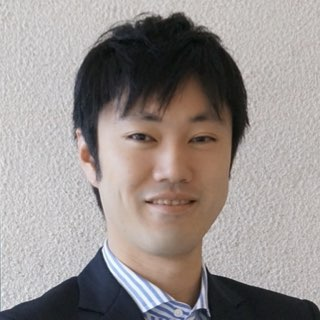
Hiroko Suzuki
Visiting Fellow, Royal Institute of International Affairs Associate Professor,
Business Breakthrough University
Securing energy resources is paramount for our livelihoods. Until Russia’s invasion of Ukraine hit the headlines in 2022, decarbonization and the SDGs were the main topics in the UK, which hosted COP26 in the autumn of 2021, and in other environmentally advanced European countries. With it now compulsory for companies to disclose their environmental information, systems are in place to limit funding in industries that have negative environmental impacts and in companies with negative, passive approaches to environmental measures. Carbon neutrality, meanwhile, has been positioned as an achievable target through enormous funding and technological development, which to be prepared mainly in advanced nations. Elsewhere, through Russia’s invasion of Ukraine, the distressing dependence of European countries on Russian energy has become increasingly apparent. Since the beginning of life, securing energy resources has been the most important task for humanity in every age. Behind the scenes, however, there has been a qualitative change in values that can be viewed as a countercurrent in time.
Changes in the Monetary Value
There are some who believe that the monetary value is decreasing, while others believe that the more money they have, the happier they will be. Let us use real estate as an example. New-build condominiums in the city center are often sold out on the spot. Chances of purchasing the most popular homes are less than a hundred-to-one, while the prices of these condominiums have increased by approximately 50% over the past decade. Let us now compare the value that can be obtained from a residence that cost 40 million yen ten years ago with that costs 60 million yen today. Functional value, such as convenience and safety, and emotional value, like views from the windows and local atmosphere, remain almost completely unchanged. Even if you pay 50% more, you do not get 50% more value. There are two things we can learn from this example. The first is that the soaring prices caused by the recent excess liquidity have not increased the value of an object, but rather lowered the monetary value. The second is that there is a limit to measure value in terms of monetary value.
Changes in Society
Next let us look at changes in social trends except for monetary value. I have intentionally created a list of the trends with two extremes.
From measures of the whole to measures of the individual
From individual ownership to collective ownership
From forced human companionship to human companionship connected by values
From logic and reason to intuition and sensitivity
From economy to spirit
From predetermined clothing to casual clothing
From muscle strength (outer muscles) to muscle balance (inner muscles)
From the real to the virtual
From meat-based diets to fish- and vegetable-based diets (eating from the top or the bottom of the food chain)
From cities to rural areas
From formal politics (rules) to informal politics (mutual understanding)
From visible economics to invisible economics
From a linear economy (make, use, dispose) to a circular economy (make, use, recycle)
From fossil fuels to renewable energy
From Japan’s point of view, the systems, customs, technologies, and values on the left of the above list were introduced between the end of the Edo period and the Meiji period and have been continued nowadays. The elements on the right can be said to be from before the Edo period. In this sense, the shift to the elements on the right could be seen as a return to the past or non-visualization. However, is it enough to simply take at both extremes, determine what is good or bad and keep moving forward?
Western Approaches vs Japanese Approaches
In the West, generally there is a clear line between black and white. This goes for national borders, but also for the lines between nature and man, spirit and matter, and other concrete rules. In Asia including Japan, however, these lines are somewhat more obscure.
In Europe, where natural disasters are rare and therefore nature is seen as kind, the idea that nature is under human control is ingrained. The boundary between the natural world and the human world is clear. With gardens, the Western approach is to create and appreciate manmade natural settings. In Japan, on the other hand, the harsh natural environment means that nature is both a blessing and a threat. This is why we look up to elements of nature with awe as deities, or kami. We live in wooden homes with numerous crevices and openings, and rebuild them when they are knocked down by natural disasters. Gardens in Japan make use of the surrounding landscape and are expressions of nature itself. From the reality of existing as one in nature and being kept alive, the Japanese feel living in harmony with all things in nature. We can also say that it is this natural-energy based spirit that has made the development of judo, kendo, sado (the tea ceremony), kado (flower arrangement), and other disciplines of “do” that bring together the mind, technique, and body. The Japanese also understand that spiritual and material civilization are not antinomy of one or the other, but that these are inseparable. If we use this Japanese mindset to overview the global trends once again, we can see that rather than considering them as two extremes of right or left, good or bad, they are connected, and the important thing is that they both exist in harmony.
Hundreds of Millions of Years or Hundreds of Years
There isn’t enough space here to examine all the social changes mentioned above, and so I would like to shine a little light on the energy and economy. Where is the connection between fossil fuels and renewable energy, then? Representative examples of fossil fuels are coal, oil and gas, all of which are made from the decomposed remains of ancient living things. The food chain shows that all living things benefit from plants’ ability to fix solar energy and turn it into food energy. We can therefore see that the original source of energy for fossil fuels is solar energy. On the other hand, typical examples of renewable energy are solar power, wind power, hydropower, and geothermal power. Apart from geothermal power, which comes from the earth, the remaining three are all the very energy of the sun, or are attributed to its energy. While we tend to think of fossil fuels and renewable energy as separate, both in fact originate from the sun. It is understandable that there are many groups that have been worshipped the sun as a god since ancient times.
What about the link between a linear economy and a circular economy? When simplifying roles in the food chain, we have producers (plants), consumers (animals), and decomposers (microorganisms). Replacing this with a industrialized, post-industrial revolution food chain, although the producers and consumers are the same, the decompose ways are disposal or combustion. The linear economy is known as such due to the linear connection between fossil fuels and minerals that are mined out of the earth, transformed into commercial products, sold, and then disposed of or burned. This is distinguished from the sustainable circular economy that has been in the natural world all along. That said, even with disposal, we know that they will return to nature over a long period of time. Whether it is plastic or nuclear waste, if we leave it be, it will eventually decomposed and living things several hundreds of millions of years down the line might be none the wiser.
However, the major difference between these two subjects and the other trends is the number of years for harmonization. Before the industrial revolution, in addition to hydropower and wind power that came from natural sources, the energy source for the fire power were the wood itself from the earth’s surface and even animal- and plant-based oil. All of these sources could be regenerated in a comparatively short period of time. As early as 150 years ago, despite engaging in high-quality, artistic manufacturing activities, Japan had achieved a fully recycling-oriented society that involved shared use, long-term use, re-use, recycling, and natural decomposition. At this time, Japanese society existed in full harmony with nature. This was based on the Japanese belief that kami exist in everything, as well as the thorough Japanese dislike of waste, or mottainai. Moreover, this mindset was developed by the abovementioned coexistence with all things in nature, including the aspects that couldn’t be captured by fifth sense.
Conclusion
Applying scientific technologies to effectively use the natural energy resources (and mineral resources) accumulated over several hundreds of millions of years to bring convenience, health, and happiness to mankind is admirable. However, when selfish purposes intervene, resources are kept being used in one direction (linearly) over a short period of time, causing disharmony and in turn a global environmental issue. Working to conquer nature through continued economic development with money and technology cannot solve this issue. Further, even though means of measurement have switched from GDP values to the SDGs, the structure where the means to increase the value of happiness has become the end remains unchanged. The failure to cut to the essence of the problem makes the younger generation and emerging economies disappointed with the outcome of COP26.
Although money has huge value in economic activity, that is it. Technology, on the other hand, is something that should be used to develop ways for humanity to return as a part of nature. What is important is not the means of measurement, but the awareness of humanity to harmonize with nature, including human beings, from the inside.
On an observation trip to Japan as part of a Western contingent in the late Edo and early Meiji periods, the Frenchman Émile Étienne Guimet said the following: “The Japanese have such love for nature. They are also incredibly skilled at using nature’s beauty. They have successfully built a comfortable, quiet way of life, free of overambitious desires or competition, with a sense of calm and modest material satisfaction.”
Eichi Shibusawa’s so-called collectivism, George Hara’s public interest capitalism, and Hirofumi Uzawa’s social common capital theory are all concepts of capitalism that prioritize individual spiritual happiness and harmony between the global environment and the economy. These ideas are once again garnering attention as antitheses to excessive Western capitalism. It cannot help but think that these approaches and ideas are unique to Japan.
The word “harmony” has appeared numerous times in this article—achieving harmony with current systems that are in place is also mentioned.







